OCCUPATIONAL DISEASE
Silicosis and lessons from ‘enormous suffering’ – how a ‘measure of social justice’ was gained for mineworkers
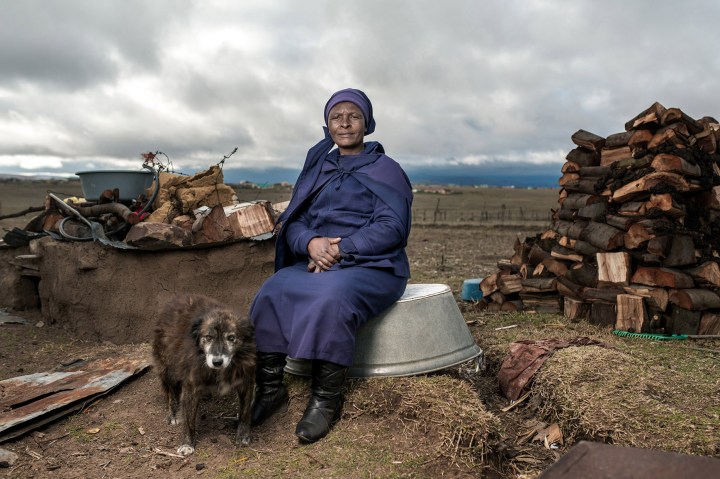
The Qhubeka Trust, which was established after the first big silicosis settlement in South Africa, has closed its doors after paying over R421-million to 2,280 former gold mineworkers diagnosed with silicosis.
The Qhubeka Trust, the first big silicosis settlement in South Africa, has closed its doors. The trust was set up in 2016 after Zanele Mbuyisa from MbuyisaNeale Attorneys and Richard Meeran from Leigh Day and Co announced an out-of-court settlement between mining companies and 4,365 former mineworkers with occupational lung disease.
Claims were instituted in 2012 by former mineworkers who had contracted silicosis as a result of working for various mines owned by Anglo American South Africa and AngloGold Ashanti. They sued the companies for dust-related lung diseases, silicosis and silico-tuberculosis, which they claimed were contracted from working in unsafe conditions in the mines.
By 21 April 2023 the trust had paid R421,789,144 to 2,280 former gold mineworkers diagnosed with silicosis as set out in the Trust Deed. This represents 99.2% of the total amount due to 2,301 beneficiaries, while the remaining 0.8% is due to the families of 37 deceased former mineworkers, 16 of whom have received their first tranche of payment.
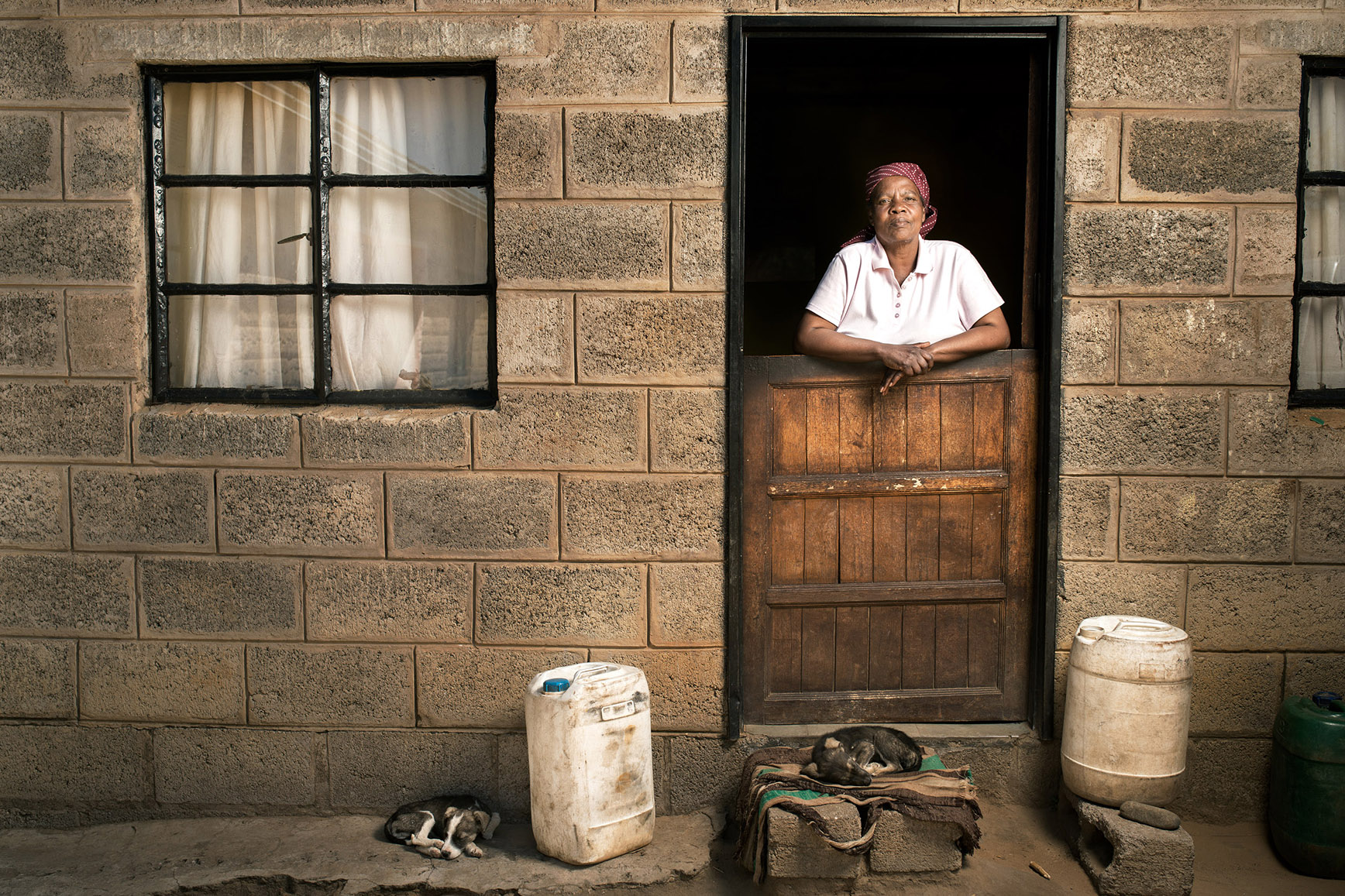
Maleburu Lebitsa is the widow of Lekhoanyane Isaacs Lebitsa and lives in Leribe, Lesotho. Her husband died in 2010 after leaving the mines four years earlier due to his occupational lung disease. They were married in 1977 and for the next three decades, he was away from home most of the year. ‘He came home, but I was practically raising the children alone. He would send money home every month, about R800.’ (Photo: Thom Pierce)
Those families still need to supply legal proof that they are the heirs of the original mineworker claimants. This money, amounting to R3.5-million, has been set aside for the families to claim as soon as they have the necessary official documents from the Department of Home Affairs and the courts, trust chairperson Dr Sophia Kisting-Cairncross said.
“The closing of the trust is, therefore, a celebration of the good that is harboured within our collective efforts. We tried hard to work towards a measure of redress and social justice for workers sick from preventable occupational lung diseases by trying our utmost to get money into the bank accounts and pockets of qualifying claimants or their families,” she said.
A forerunner to Tshiamiso
The Qhubeka Trust was significant because it was the first silicosis trust in the southern African public domain, said Kisting-Cairncross.
“The Qhubeka Trust, in a way, was a forerunner to the much bigger Tshiamiso trust, but of great significance, because it was the first silicosis trust in the public domain,” she said.
In July 2019, a landmark out-of-court settlement of South Africa’s largest class action led to the formation of the Tshiamiso Trust, which was tasked to pay R5-billion in compensation to an estimated 500,000 ex-miners in South Africa, Lesotho, Eswatini, Mozambique and Botswana.
Read more in Daily Maverick: Apartheid’s gold mines: Landmark R5bn class action to compensate ex-miners with lung disease a mark of ‘symbolic justice’
Kisting-Cairncross said Qhubeka’s three-year claim qualifying period posed a significant challenge. The trustees, who included Goolam Aboobaker, John Doidge, Alicia Kistan and Kisting-Cairncross, only had three years to operationalise the trust.
“If you did not manage to reach all the mineworkers during the claims qualifying period, even if they are subsequently found, you could not then consider them as qualified because it happened outside the first three years as prescribed in the Trust Deed. You see, as unfair as it is, that was the settlement agreement,” she said.
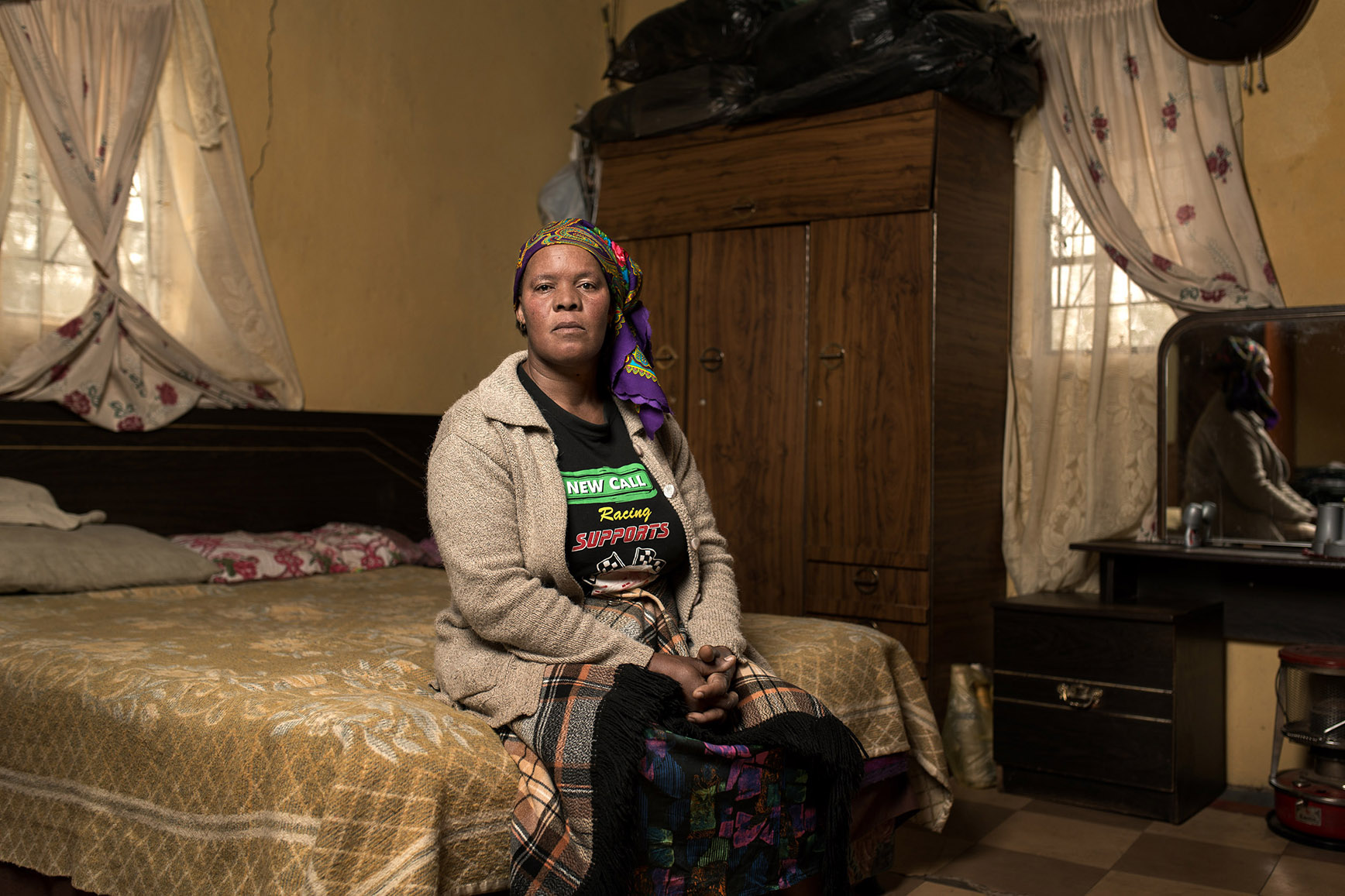
Makeneude Agnus Litabe is the widow of Michael Litabe who passed away in 2014 at the age of 60 years. She lives in Motemekoane near Maseru in Lesotho. Her late husband worked on the mines for 29 years and received R38,000 when he was diagnosed with silicosis. She now has to survive by growing vegetables and farming cattle on her own. Her eldest daughter works as a domestic worker in Pretoria and sends home R1,000 every three or four months. ‘Before my husband died he lost a lot of weight and his skin became black. He was in a lot of pain. I feel that the mine must be liable.’ (Photo: Thom Pierce)
Suboptimally functioning systems in the past
Trusts such as Qhubeka in part exist because the statutory systems that compensate miners – the Medical Bureau for Occupational Diseases (MBOD) and the Compensation Commissioner for Occupational Diseases (CCOD) – were not functioning optimally, said Kisting-Cairncross.
“The settlement has helped enormously, but you see, it can never replace a very well-funded and well-resourced compensation system for workers with occupational diseases and injuries in the public domain,” she said.
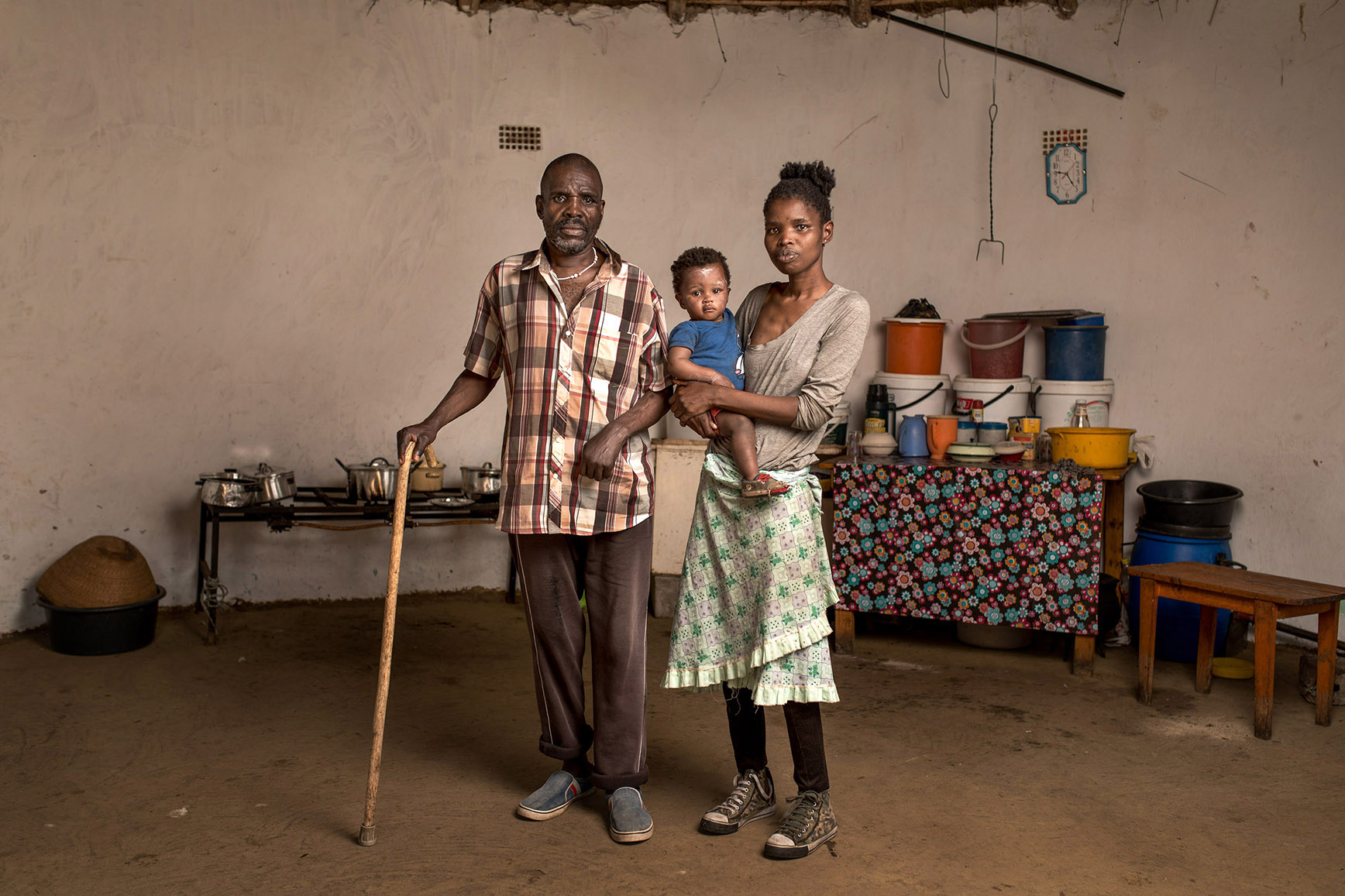
Myekelwa Mkenyane was 18 when he started working in the gold mines. He worked for 35 years and was discharged in 2009 when he was diagnosed with silicosis. He received R36,000 in compensation but has not been able to work since. ‘It was very hard to leave my family behind but, because I wanted to support them financially, I had no choice but to be away for so long… When there was blasting underground, I cannot forget it. I still remember the dust from the explosions. That is what makes me sick today.’ (Photo: Thom Pierce)
The Qhubeka Trust collaborated well with the MBOD and CCOD, with many mineworkers benefiting from the additional money from the statutory system. Taking note of the experiences of the Qhubeka trust can provide key lessons and could in the future contribute to preventing diseases such as silicosis, said Kisting-Cairncross.
Gold mines’ two epidemics
Silicosis predisposes individuals to tuberculosis.
“The men that we have seen, those who were still alive, many of them, their lungs were so scarred and so affected, not just by the silica dust which hardens the lungs, but also by repeated episodes of TB because the silica dust in their lungs predisposes them to repeated episodes of TB,” she said.
“So, this is why we always talk about the two epidemics from the gold mines in South Africa – silicosis and tuberculosis. Hence the wish to focus on the lessons from Qhubeka as a way to help deepen the public discourse as to how we can prevent these diseases in future because, you see, it cannot be done by one person, it has to be a collective effort.”
Kisting-Cairncross explained that while collaboration is necessary to recognise diseases and diagnose them, there needs to be significant cooperation from the mining companies.
“We need real good cooperation from the mining companies to find ways to prevent the exposure to silica dust – and I think they have been trying in the latter years, but there is still silica dust exposure happening which will result in silicosis,” she said.
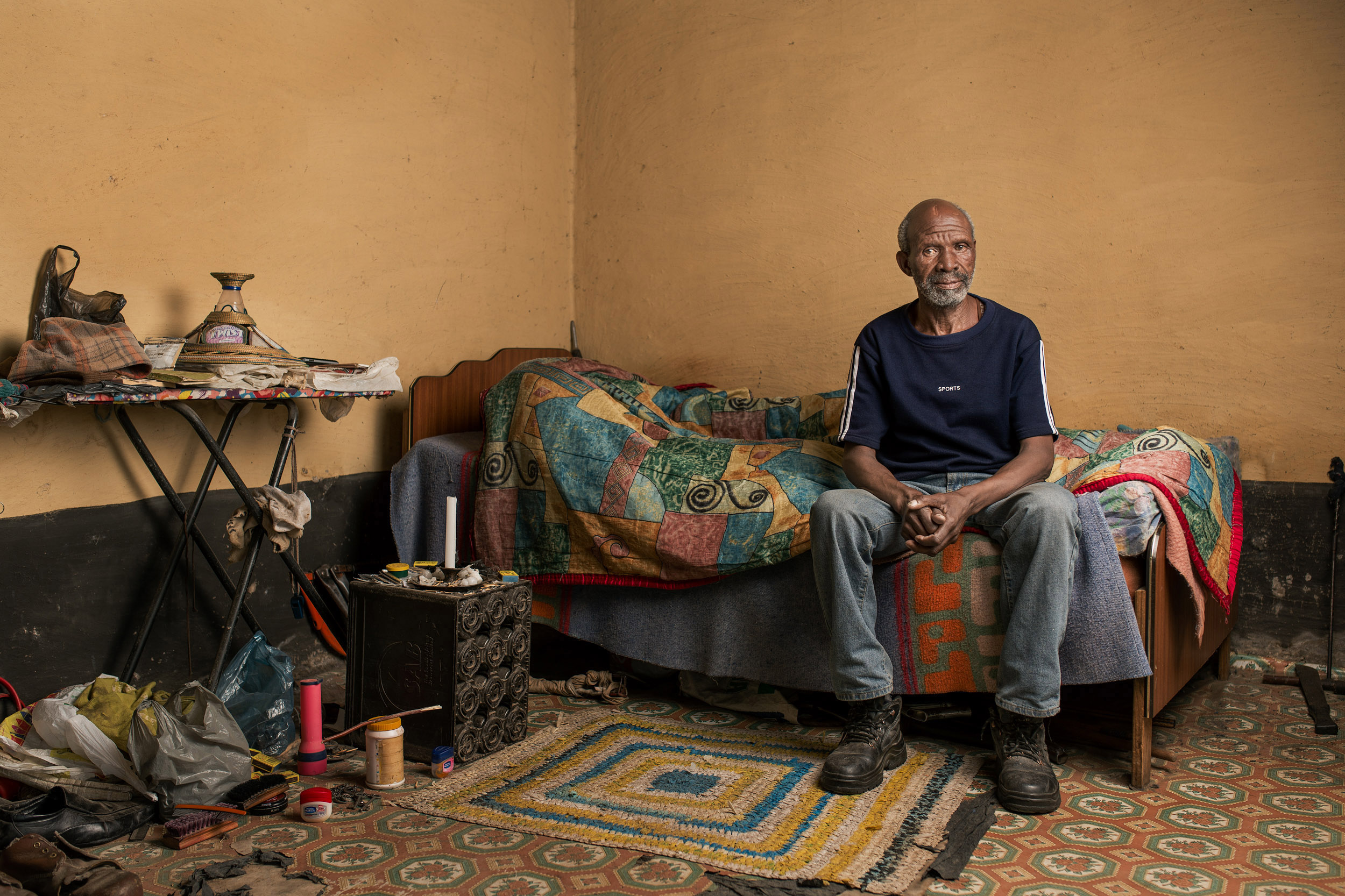
Thembekile Mnaheni asked to be retrenched from his job as a winch driver as he was suffering from a persistent cough and swollen feet. He was told that he could not work underground any longer so he asked to go home. After leaving the mine he found out that he had silicosis and after 23 years has received no compensation. He now survives on just R1,410 per month from his social support grant, which has to pay for his food, transport and funeral cover. He has not stopped coughing since 1998. (Photo: Thom Pierce. Full body of work at www.thompierce.com/tpog)
Silicosis typically has a long latency period, depending on how much silica dust an individual has been exposed to.
“Mostly, it manifests after about 10 years and many of our brothers have been working in the mines for 20 [or] 30 years, from the histories we have got. So, it’s an epidemic in southern Africa and it’s one of the most significant social justice issues that we have not resolved,” said Kisting-Cairncross.
Read more in Daily Maverick: The Price of Gold
The long latency of the disease is one of the reasons mineworkers present late. Older mineworkers are in a more challenging situation as there is often not enough medical information available in the records of the mining companies to make a diagnosis of silicosis, while the more recent mineworker information is significantly better and some of it is even digitised.
Research has indicated that TB scarring often hides the presence of silicosis, thus making diagnosis difficult, time-consuming and costly, especially when a CT scan is necessary, said Kisting-Cairncross.
There are many little things we can do to find a way to standardise our training in the reading of X-rays of occupational lung diseases or other occupational diseases because it’s a very neglected field.
To overcome this challenge, the trustees supported consultative workshops with different medical professionals to discuss these challenges and help develop a more standardised approach for the assessment of claims. This approach can be adopted by other organisations responsible for the compensation of TB and silicosis.
Another issue with the diagnosis of silicosis is that different compensation systems have different ways of classifying silicosis. Kisting-Cairncross said training, ongoing medical research and a very good understanding of the International Labour Organisation Classification of Radiographs of Pneumoconiosis can make diagnosis more accurate.
“There are many little things we can do to find a way to standardise our training in the reading of X-rays of occupational lung diseases or other occupational diseases because it’s a very neglected field,” she said.
There was a high percentage and severity of silicosis among the older group of workers of the Qhubeka Trust cohort, which Kisting-Cairncross noted as a great concern. A high percentage suggests that the burden of silicosis may well be higher than is currently diagnosed.
The gender dimension in the context of mining
The gender dimension looms large in the context of mining and migrant labour. More than 42% of Qhubeka Trust claimants died during the settlement process and after the trust was registered.
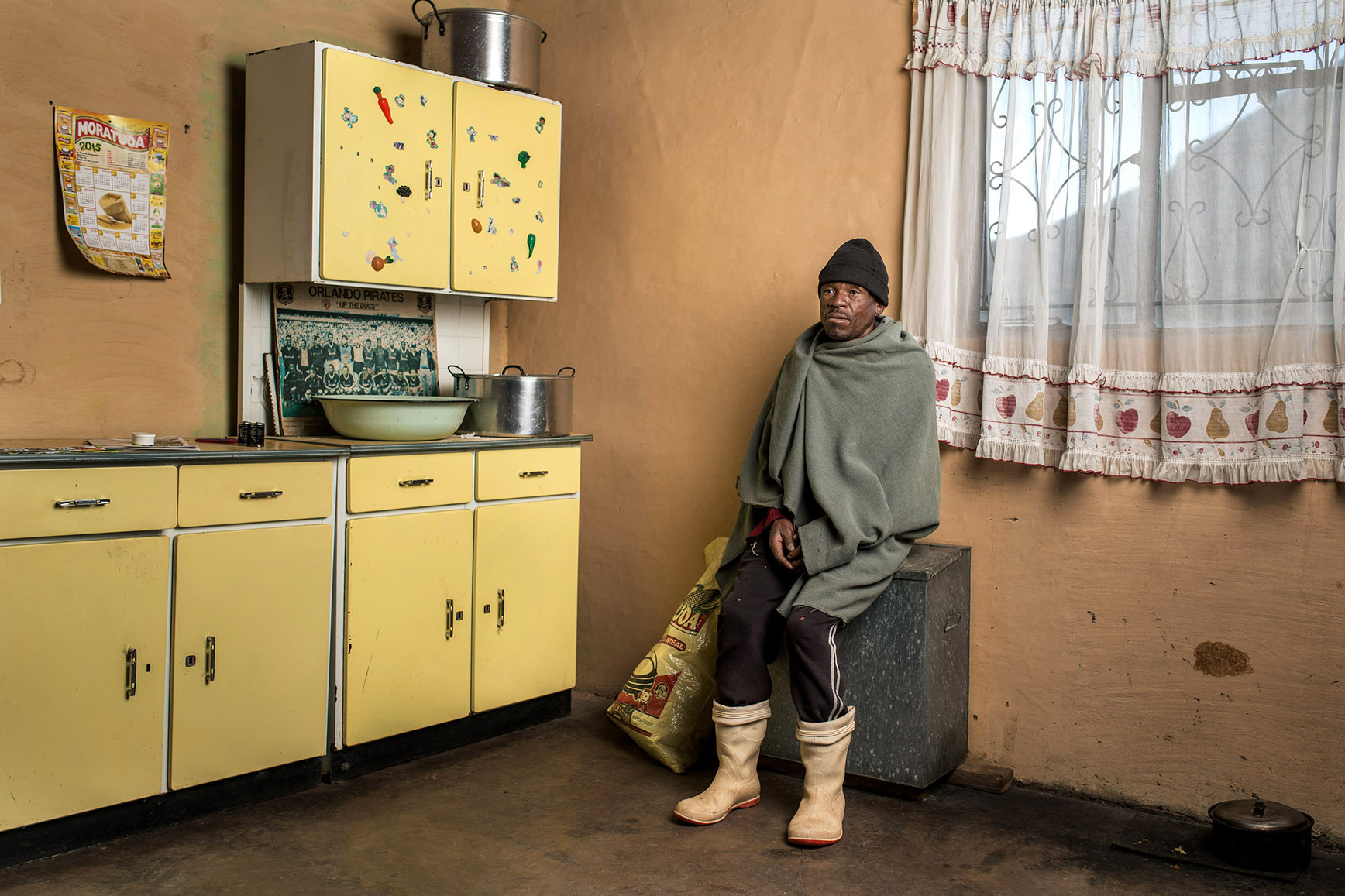
Toulang Mako, from Lesotho, worked on the mines for 21 years as a miner’s assistant and would sing in a traditional group at the weekends. During this time he contracted tuberculosis on three separate occasions, and in 2012 he discovered that he had silicosis. Although he had a medical when he was retrenched, he was not informed about the silicosis and was never compensated. (Photo: Thom Pierce)
Kisting-Cairncross stressed that it was essential to be mindful of the extraordinary responsibilities women usually carry concerning support and care of sick mineworkers when they return home. Concerns of gender equality, equity and gender inclusiveness must be taken into consideration in the compensation processes.
Read more in Daily Maverick: The invisible women in silicosis class action suit
“The big, big issue within all this talk about silicosis and tuberculosis and other occupational diseases, is the position of the women. It’s almost as if they have, throughout the decades, supported mining because they’ve taken care of the families at home, but they also take care of the mineworkers when they come home and they are sick – it is care work that goes unnoticed,” she said.
The legal aspects of the trust
John Doidge, one of the trustees and an attorney who specialises in the law and practice of trusts, explained some of the legal aspects of the trust.
“What made it interesting is that in this particular trust, we were told that there is a formula [according to which] people must be paid – you take the number of claimants all together and then divide by this formula, and that is how much each one gets,” he said.
Doidge explained that in the beginning the trustees did not know how many people would qualify, and did not want to keep beneficiaries waiting. “We used an actuary to say we need to start paying them and pay maybe 50% now and the balance later,” he said.
Compensation was paid out in two tranches, which posed a problem because many people had relocated or died before the second tranche could be paid, and the process to locate ex-mineworkers or beneficiaries had to be started from scratch.
There were attempts made to discourage people from accepting their claims. “One man was persuaded to stay away, and then once the window had closed he realised that he made a mistake, but it was too late and we couldn’t pay him,” said Doidge.
Looking forward
Measures for the greater prevention of silica-related diseases and TB being implemented on an ongoing basis are essential, Kisting-Cairncross said. This was one way to learn from and honour the enormous sacrifices made by mineworkers.
“The hope with this is to deepen the debate that focuses very much on prevention, to be as truthful as we possibly can, and say, how do we contribute to a measure of redress and a measure of social justice? Because it can never be properly addressed, nobody can make up for the suffering people have gone through,” she said.
“It’s a small measure of redress, the fact that people can get compensation when they were made sick by their work, because we shouldn’t have to get a disease because we need to earn a living. It should not be that.” DM
Thanks to Thom Pierce for letting us use the images. The full body of work can be seen at www.thompierce.com/tpog




















 Become an Insider
Become an Insider
It all seems to be a huge con. My father was one of the original members of the class action which eventually resulted in the Tshiamiso trust. He passed away 12 years ago after suffering for several years in the most horrendous way. I watched my big strong father wither away to skin and bone, gasping for every breath. He had certificates from the phthisis board indicating that he had 1st and then 2nd stage phthisis. He was boarded in his mid 50’s as unfit for work due to phthisis . No compensation, not even a medical aid. My parents used what little money they had saved to pay for his medical bills over the next several years.
The conclusion of the trust found there was no evidence of phthisis and therefore no compensation was due to his family.
Phthisis does NOT just vanish. It is a permanent progressive disease! So where is this R5 Billion going if not to it’s intended victims??
How many more miners out there are being refused fair compensation due to spurious conclusions?
It would seem the Tshiamiso TRUST may be a contradiction in terms.